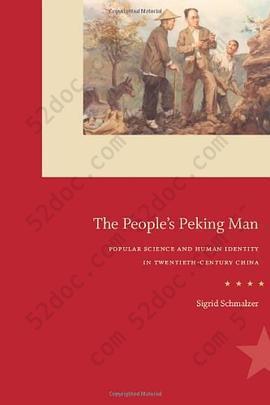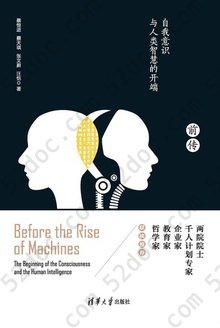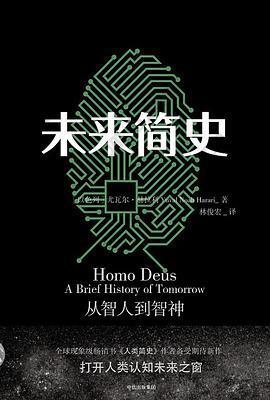注重体验与质量的电子书资源下载网站
分类于: 计算机基础 互联网
简介

The People's Peking Man: Popular Science and Human Identity in Twentieth-Century China 豆 8.3分
资源最后更新于 2020-09-11 15:10:32
作者:Sigrid Schmalzer
出版社:University Of Chicago Press
出版日期:2008-01
ISBN:9780226738604
文件格式: pdf
标签: 科学史 海外中国研究 社会史 历史 舒喜乐 PRC 中国政治 英文原版
简介· · · · · ·
Peking Man”, discovered in the 1920s by an international team of scientists and miners, was deemed powerful evidence of human evolution. After the communist revolution of 1949, Peking Man also became Exhibit A in the movement to bring science to the masses. Even Mao's populist commitment to mass participation in science, however, could not erase the capacity of popular culture ...
目录
Intro
Contents
Acknowledgments
Conventions
Introduction
1 “From ‘Dragon Bones’ to Scientific Research”: Peking Man and Popular Paleoanthropology in Pre-1949 China
2 “A United Front against Superstition”: Science Dissemination, 1940–1971
3 “The Concept of Human": In Search of Human Identity, 1940–1971
4 “Labor Created Science”: The Class Politics of Scientific Knowledge, 1940–1971
5 “Presumptuous Guests Usurp the Hosts”: Dissemination and Participation, 1971–1978
6 “Springtime for Science,” but What a Garden: Mystery, Superstition, and Fanatics in the Post-Máo Era
7 “From Legend to Science,” and Back Again? Bigfoot, Science, and the People in Post-Máo China
8 “Have We Dug at Our Ancestral Shrine?” Post-Máo Ethnic Nationalism and Its Limits
Conclusion
Bibliography
Index
Contents
Acknowledgments
Conventions
Introduction
1 “From ‘Dragon Bones’ to Scientific Research”: Peking Man and Popular Paleoanthropology in Pre-1949 China
2 “A United Front against Superstition”: Science Dissemination, 1940–1971
3 “The Concept of Human": In Search of Human Identity, 1940–1971
4 “Labor Created Science”: The Class Politics of Scientific Knowledge, 1940–1971
5 “Presumptuous Guests Usurp the Hosts”: Dissemination and Participation, 1971–1978
6 “Springtime for Science,” but What a Garden: Mystery, Superstition, and Fanatics in the Post-Máo Era
7 “From Legend to Science,” and Back Again? Bigfoot, Science, and the People in Post-Máo China
8 “Have We Dug at Our Ancestral Shrine?” Post-Máo Ethnic Nationalism and Its Limits
Conclusion
Bibliography
Index







